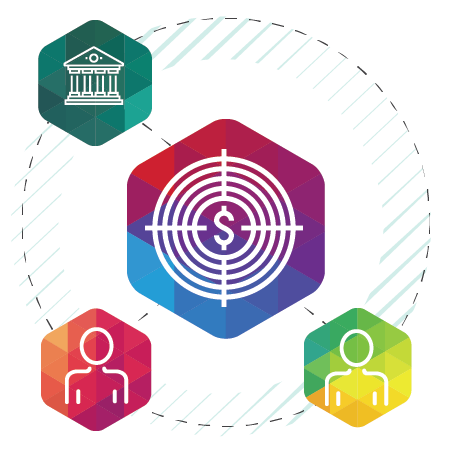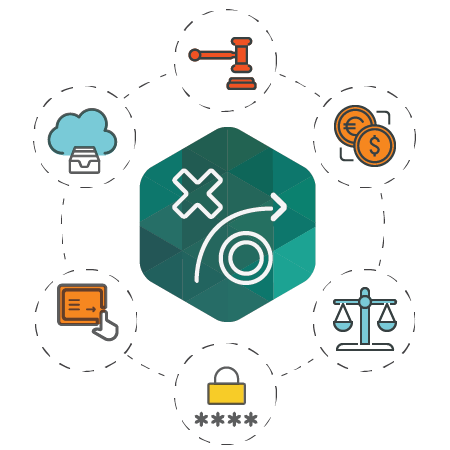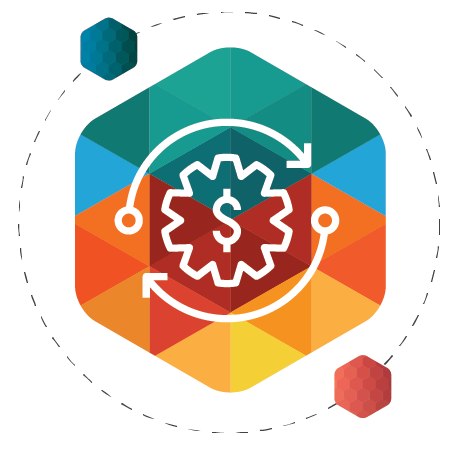What B.I Means for your Business?
Digital transformation is a reimagining of operations in line with omni-channel strategy, so that a company can deliver channel-agnostic customer journeys using digital touch points. It’s about completely reversing the siloed views – working across, through and beyond them. This transformation can apply to specific areas of your business, or your entire business operations.

Thankfully, you don’t have to completely transform your organisation all at once. You can embark on a measured, modular digital transformation strategy to match your business needs as they evolve. The single customer view Understanding all facets of your customers is the only way to give them what they want, when and where they want, using their preferred methods of communication and interaction. A single customer view allows you to merge all the customer data you receive in real time from different systems to form a “Golden Record” of each customer. It is the only way to offer your customers a true omni-channel experience – and you need to digitally transform your business to deliver this customer experience.
What this means for your business?
Digital transformation will force your business to:- Convert as many processes as possible into digital ones, from internal business processes to customer-facing, in-store service processes.
- Invest in the technology and know-how to successfully do this.
- Transform all aspects of your organisation and its people to deliver seamless customer experience that integrates the physical with the digital.
E-commerce is becoming the dominant channel.
The purchase of digital goods and services is now part of a multi-faceted omni-channel customer experience.

What this means for your business
If you are in any area of commerce you need to:- Mix your physical commerce channels with your digital commerce ones, to create an omni-channel customer experience.
- Increase your data mining capabilities to more finely hone e-commerce strategies in the era of Big Data and predictive analytics.
- Create a seamless digital commerce ecosystem of solutions that serve all touch points, on all devices, in all channels.
A far more cost-effective and optimised way of consuming enterprise software. The “as-a-service” model has rocketed to the forefront of business resource consumption, thanks to the widespread adoption of cloud computing. It has completely transformed the way we use and pay for business resources.

This improves resource cost projections and reduces actual expenses, as well as introducing a new level of business agility.
What this means for your business
- Your business procurement procedures need to change to a consumption-based view of all IT resources, even architecture.
- You need to understand what is required for this transition and possibly seek guidance on how best to achieve this.
- You need to constantly harness all the new data available to optimise resource usage.
- SONET offers SaaS directly to organisations, or coupled with in-depth business consulting to optimise and streamline your software resource spend.
Everything talking to everything and everyone.
It’s been spoken about with great anticipation since the early 1990s, in a real sense, rather than a science fiction one. Finally we have reached a point where we are actually implementing the so-called “Internet of Things” (IoT).

On the surface this will allow us to change machine settings and accomplish tasks remotely (like switching our geysers on and off from work). Machines can send data to each other and adapt to it in real-time. Potentially any device can be enabled to communicate. The further implications are absolutely enormous.
What this means for your business
To borrow a phrase: it doesn’t matter if your business is not interested in IoT – IoT will be interested in your business.- You need to start planning an IoT strategy early, rather than simply adopting the various technologies as they emerge. Cohesion and integration are critical elements of IoT. Definitely look before you leap.
- You need imaginative business planning, to unlock the potential of IoT for your specific business.
Predictive analytics is the future of Big Data.
The Holy Grail of all business endeavours has been prediction. We have long had the ability to discern patterns in data in order to analyse in hindsight, and then apply this to future action. However, predictive analytics takes us a step closer to deciphering the unknown.

What this means for your business
Big Data and machine learning are creating a world where massively complex data sets can be put to use in deciding on the most effective and profitable way to operate. If your business doesn’t start using predictive analytics in this way, survival will become questionable. Your business will need to:- Fully understand the implications and advantages of predictive analysis to enable a seamless omni-channel customer experience.
- Know how to use the results in the right way.
- Transform business processes and operations so that they can respond immediately to the information provided by predictive analytics.
Contact Us Today!

